
Meet Manu Prakash, the IIT Kanpur alumnus who invented the microscope that costs less than a dollar, dreams of a world where everybody has the right to science.
In Africa, they term the problem 'The man with the key is missing.'
It's one of those aggravating situations when a community in a developing country has all kinds of fantastic scientific equipment donated to it, but can't access it when it needs it the most because the man in charge has locked it all up and gone home.
That's because the equipment would probably cost 15 times the annual salary of that guy.
"People are afraid of scientific tools, and that's the wrong model - you need to put research tools out in the field," says Manu Prakash, physicist and assistant professor of bioengineering at Stanford University.
Travelling through Thailand in 2011, Prakash and his colleagues came across a similar situation, where people in a remote village wanted to run a test for rabies but could not, though they had the equipment.
…
Please click here for the Complete Coverage of Budget 2014 -15
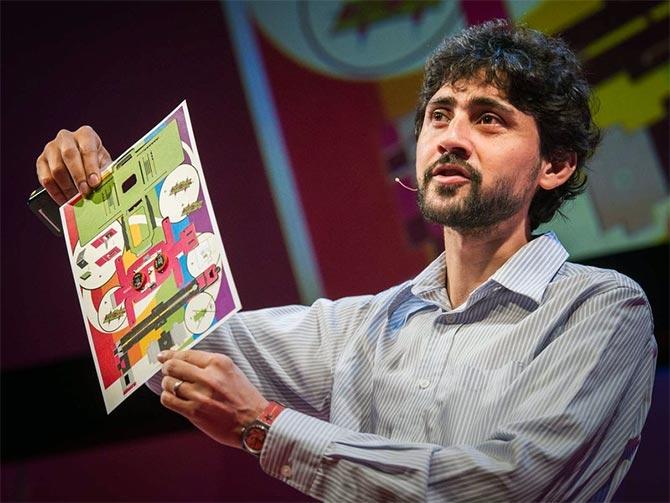
That was one of the inspirations for the 33-year-old Indian Institute of Technology Kanpur alumnus' remarkable invention: a diagnostic microscope that costs less than a dollar and which can be printed and folded from a single sheet of paper, like in origami.
Announced earlier this year, Foldscope has grabbed the attention of the scientific community around the world. Prakash was the recipient of a $100,000-grant from the Bill & Melinda Gates Foundation while it was being developed.
Prakash, who did his masters and doctorate from Massachusetts Institute of Technology after his computer science engineering degree from IIT, is on his way to his lab in Stanford when we catch up on the phone one morning.
…
Please click here for the Complete Coverage of Budget 2014 -15

He has opted for a phone call rather than a Skype call, where I had hoped to see the Foldscope because it was more convenient.
Fortunately, Prakash has given a TED talk where he explains how the Foldscope works, and it looks quite incredible - it can actually be folded out from a single sheet of paper, needs no external power, fits into your pocket, and can survive being dropped from a multi-storey building or being stamped on vigorously, as the researcher with a mop of unruly curls seems delighted to demonstrate.
The current version of the Foldscope gives you a 2000x magnification with a sub-micron resolution. A bacteria is around one micron, so if you just want to see whether the bacteria is present or not, the instruments are good enough, he explains. Field trials are being run for diagnosing different diseases in various locations, such as malaria in Ghana.
Most diagnostic field trials take a long time but once the validation is done, distribution and use will be scaled up, he says. PrakashLab is also in talks with an organisation in south India.
...
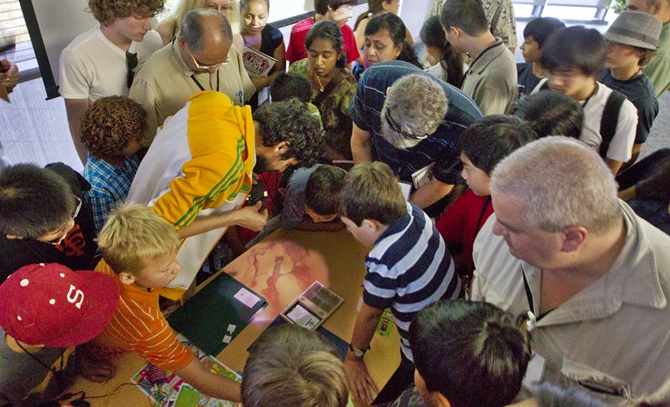
"Sikkim is another area of interest because malaria is a huge deal there, but progress is somewhat hampered by the fact that these field trials have not yet received a grant," he adds.
The one area where Foldscopes use can be scaled up immediately, and which Prakash says he is very excited about, is in science education, which he feels is crucial because of its link with healthcare.
"If you are not excited about science or if you have never looked under a microscope to see what causes a disease, you are more likely to take up some other profession (than healthcare)," he says.
"The passion for science comes early on, so one of the things we are thinking about is how to get kids excited about science."
…
Please click here for the Complete Coverage of Budget 2014 -15
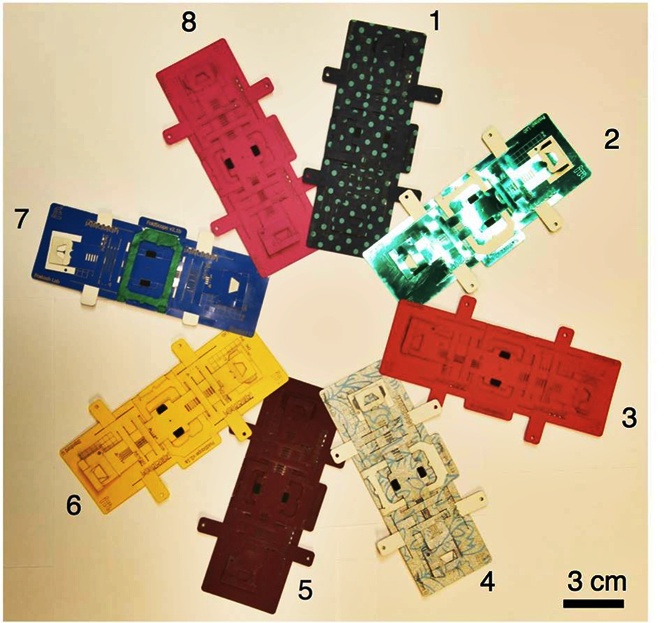
Prakash's own passion for science was kindled when he was growing up in Rampur in Uttar Pradesh. The previous tenant of his half-farm, half-home had been a chemistry teacher who was ignominiously kicked out and his apparatus confiscated and stashed in the garage, which turned out to be a treasure trove for Prakash and his brother.
"We inherited a lab with almost 200 chemicals, and we did all kinds of things. It was fantastic," he says.
He and his friends also assembled a rabbit skeleton out of the bones of three rabbits procured from a butcher's shop.
When he tells you a rabbit has almost as many bones as a human being and that creating what was essentially a 3D jigsaw puzzle was amazing, you get a sense of that little boy's enthusiasm.
…
Please click here for the Complete Coverage of Budget 2014 -15

Though his interest was in basic science, he opted to study computer science for his undergraduate degree from IIT, which he admits was due to peer pressure.
"I did well and I learnt a lot but my heart was in physical things, in mechanics, so I spent a lot of time in other departments which was encouraged," he says. Nitin Saxena, Prakash's batchmate and now an assistant professor at their alma mater, remembers him as somebody who was always very active, especially in project-based studies, even though he was not one of the toppers.
"The general impression in the batch was that he was someone interested in learning new things, beyond what was in the curriculum," says Saxena.
Prakash also developed his interest in science education while he was in IIT when he, along with some friends, started a programme called BRICS, short for Build Robots, Create Science.
The group travelled to schools around the country and conducted workshops in robotics.
…
Please click here for the Complete Coverage of Budget 2014 -15
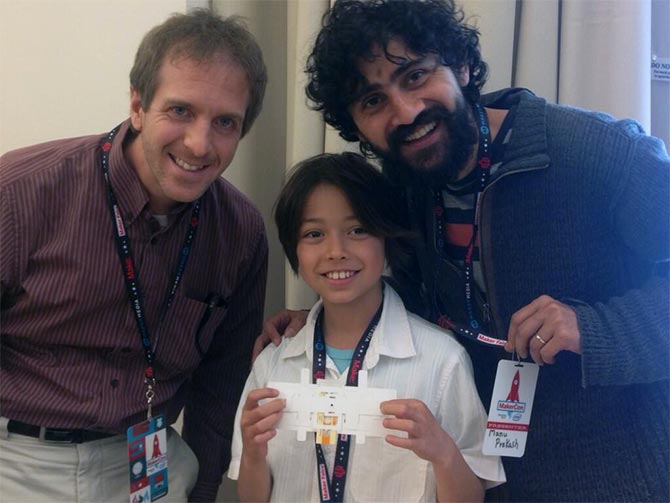
He was the most dynamic person in that group and was a natural leader.
In the three years that he was involved with BRICS, he visited 40-50 schools for the workshops, says Amitabha Mukherjee, professor of computer science and engineering at IIT Kanpur and one of Prakash's mentors there.
The philosophy behind his work and its driving force is something Prakash has termed frugal science.
"It's very important to me for science to be frugal because then it becomes scalable and everybody has the right to do science. Now, people think that if you do not have the resources, you cannot do good science, which is not true. And we are thinking about how we could change that," he says.
…
Please click here for the Complete Coverage of Budget 2014 -15

Mukherjee says this line of thought was evident in his days at IIT.
"Frugal science was also part of the Build Robots, Create Science philosophy. At that time Lego sets used to cost around Rs 16,000 in India and even posh schools were hesitant to buy them; so we started looking at low-cost options, such as building robots from junk. We called that junk science."
While the Foldscope is not yet available commercially, Prakash says the lab will soon be shipping 10,000 instruments to various corners of the globe.
Called the Ten Thousand Microscope initiative, the lab had invited people to propose an experiment using a microscope, the results of which they would document and upload to a common website.
…
Please click here for the Complete Coverage of Budget 2014 -15
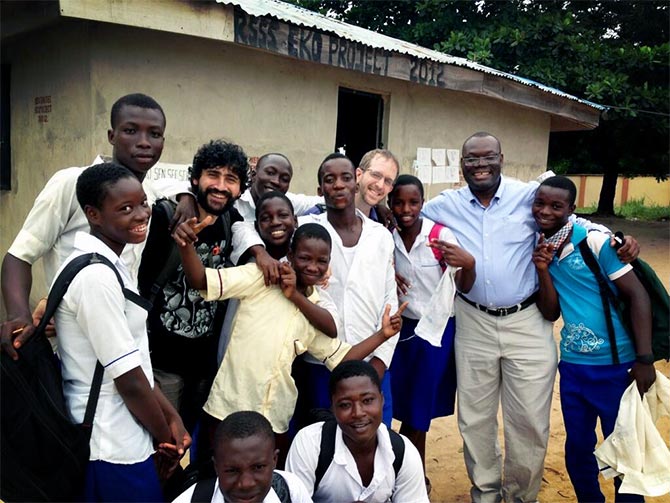
They got responses from over 130 countries, including some from children too young to type the emails themselves. The beauty of it is that an examination done by a kid in Kenya, for example, could be repeated by someone in Hyderabad.
And it highlights the idea of context, because the types of problems proposed by people from India and Nepal were very different from, say, someone in California.
The experiments include one from a young girl who wanted to know why we need to wash contact lenses every time, and who plans to see what grows on the lenses when you don't clean them for a day, two days, three days, and so on.
Another proposal came from a farmer in Mongolia, who wanted to detect pathogens in camel milk. PrakashLab was awarded $757,000 by the Gordon & Betty Moore Foundation (Moore is a co-founder of Intel) to manufacture 10,000 Foldscopes.
…
Please click here for the Complete Coverage of Budget 2014 -15
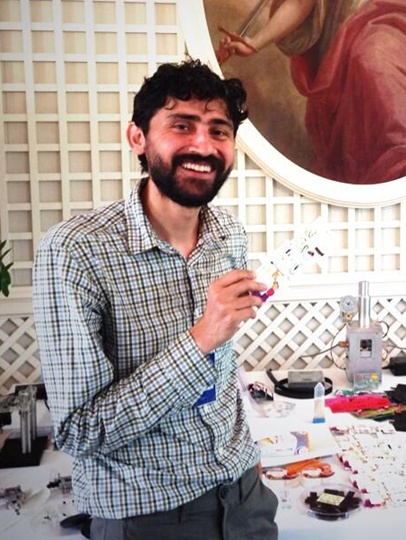
"We will do a commercial spin-off right after that, geared towards large-scale deployment, because we already have requests from all over the world," he says.
Prakash says his dream is for every single child to have a Foldscope in his or her pocket, 30 years from now.
"I don't know what that world would be like. But people would be able to see the world from the components it's made of. And that's the dream we're working towards."
Please click here for the Complete Coverage of Budget 2014 -15